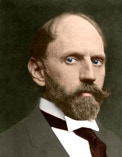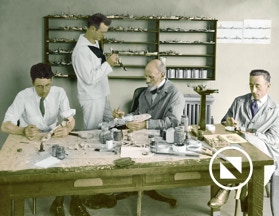PEOPLE
Based on research by
Roy R. Behrens, as published in FALSE COLORS: Art, Design and Modern Camouflage (2002); CAMOUPEDIA: A Compendium of Research of Art, Architecture and Camouflage (2009); and SHIP SHAPE: A Dazzle Camouflage Sourcebook (2012)
CAMOUPEDIA
An account of major (and lesser) contributors to ship camouflage design in World War I
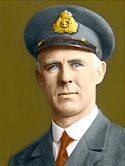
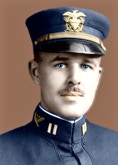
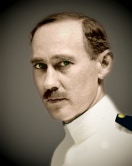
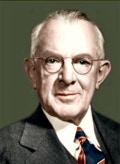
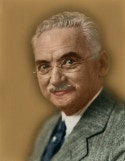
Wilkinson
Van Buskirk
Warner
Jones
Toch
British artists who worked with Norman Wilkinson on the design of dazzle-painting schemes (or as dock officers) included Jan Gordon, Cecil King, Julius Olsson, Charles William Wylie, Montague Dawson, Frank Henry Mason, Stephen Spurrier, Edward Wadsworth, Charles Johnson Payne, Oswald Moser,
and others.
Thayer
Mackay
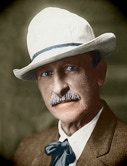
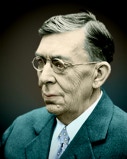
The French Army is commonly credited with having established the first section de camouflage in 1914. But the British are usually said to have been the originators of modern ship camouflage. The person who claimed most forcefully at the time to have originated dazzle-painting or dazzle camouflage was illustrator and marine painter Norman Wilkinson.
In the US, there is an on-going discussion about the extent to which the writings of American artist Abbott H. Thayer (often called the “father of camouflage”) anti-cipated the proposals of Wilkinson and others. Wilkinson denied any such influence, but as early as the 1890s, Thayer and his son, Gerald H. Thayer, had described the survival advantages of figure disruption in animal coloration. They had even used the term “dazzle,” in part because “razzle-dazzle” was a fashionable slang term at the time, in theatre and amusement parks.
Thayer experimented with ship camouflage (both countershading and disruption) far in advance of 1917. Others have also pointed out that Scottish zoologist John Graham Kerr (who was aware of Thayer’s work) used disruptive patterns on ships as early as 1914. In the US in 1913, muralist William Andrew Mackay used diamonds, stripes and checkerboards for his designs of camouflage plans for American submarines, called K-boats.
As might be expected, there was no shortage of jealousy between American and British camoufleurs, civilian and navy personnel, and between artists and scientists. Resentment intensified in the US in 1918 when it was decided that only navy camoufleurs would be allowed to design ship camouflage, while civilian artists at the docks would be restricted to applying those designs.
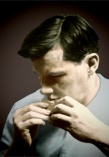
Of the portrait photographs on this page, British artist Norman Wilkinson is the only non-American. The others include Harold Van Buskirk, Everett L. Warner, Loyd Jones, Maximilian Toch, Gerome Brush, Frederick Judd Waugh, Abbott H. Thayer, and William Andrew Mackay.
Above Drawing submitted for US Patent No 1,305,296 titled “Process of Rendering Objects Less Visible Against Background,” invented by William Andrew Mackay (1919). US Patent Office.
Brush
Above Members of the Design Subsection of the US Navy’s Camouflage Section in Washington DC, shown applying camouflage schemes to wooden ship models. The four men are (left to right) sculptor John Gregory, portrait painter and muralist Gordon Stevenson, marine painter Frederick Waugh, and theatrical scenic painter Manley K. Nash, c1918.
Waugh
